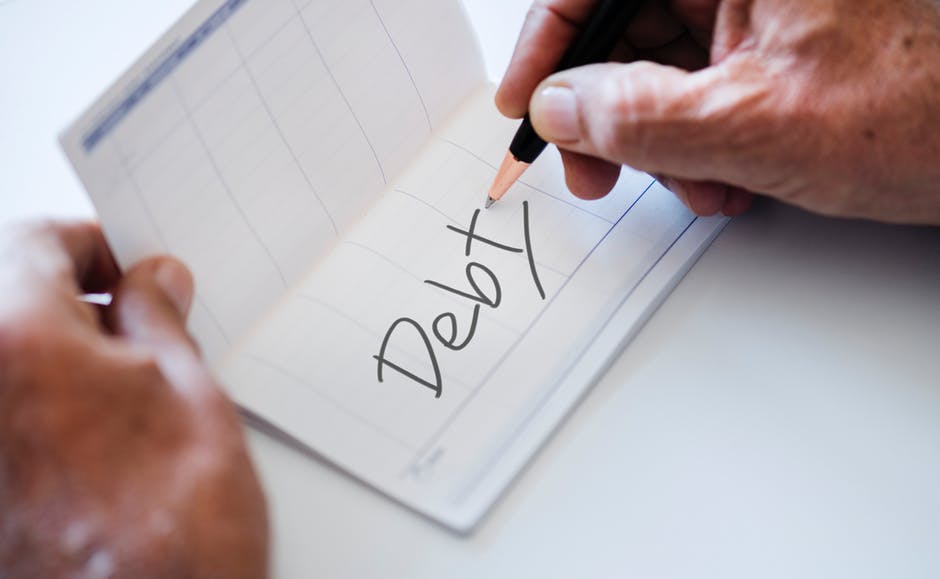The word “debt” can make your stomach sink and your mind race.
However, for all its negative connotations, not all debt is bad. In fact, there is good debt that can actually grow in value and generate long-term benefits.
When you’re considering taking out a loan or buying on credit, the most important distinction to make is whether the debt you’ll incur will help or hinder your financial stability.
Today, we’re breaking down the key differences between the two so you can move forward with confidence.
What Is Good Debt?
Let’s start with the positive.
Good debt is any form of low-interest debt that helps you increase your income or improve your net worth. A few examples include:
- Student loans
- Car loans
- Mortgage loans
Let’s take a look at each one in greater detail.
Student Loans
Research shows that Americans owe a collective $1.5 trillion in student loans.
While this number can be a hard one to chew, consider this: A student loan is an investment in your future. With a college degree, you’re able to pursue better, higher-paying jobs that can lead to a steady income.
To keep this debt on the “good” side, consider your loan payment against your after-tax monthly income expected one year after graduating. Try to keep the loan amount at or below 10 percent of that figure.
If the loan exceeds that amount, look at ways to lower it. These include:
- Refinancing solutions
- Income-driven repayment plans
Car Loans
You need a car to commute to work and participate in everyday life. As such, this kind of loan isn’t considered “bad” although it’s important to keep it in check.
Your total auto costs, including your loan payment, shouldn’t exceed 20 percent of your monthly take-home pay. Ideally, try to keep your loan to a four-year term (or fewer) and apply a 20 percent down payment to keep your payments as low as possible.
Mortgage Loans
A home is one of the biggest investments you’ll make in your life. Homeownership is a major step that can improve your financial standing.
That’s why a mortgage loan falls under the “good” category. Of course, it’s never wise to bite off more than you can chew. Calculate how much home you can afford and make sure your total household debt (including your mortgage payment) doesn’t exceed 36 percent of your monthly income.
Keep in mind that all of these loan types are considered “good” in theory. However, incurring too much of any kind of debt can turn it bad. The key is keeping it under control and staying within the guidelines for smart spending.
What Is Bad Debt?
Next, let’s explore the other side of the coin.
Bad debt is any kind of debt that hurts you financially and negatively impacts your quality of life. These include ones:
- With high or variable interest rates
- Used to pay for discretionary expenses
- Used to pay for depreciating items
A few examples include:
- High-interest credit cards
- Payday loans
- Certain personal loans
Let’s take a closer look.
High-Interest Credit Cards
A high-interest credit card can be considered good debt if you pay off your balance each month. However, when rates soar to 20% or higher, it can be hard to keep up with those payments.
If you find it hard to chip away at that debt, it’s time to control your spending and take action. There are a few ways you can do so.
The debt snowball method focuses on paying off your smallest debts first, building your confidence so you can ultimately eliminate all of them. You can also partner with a credit counseling agency to get back on track on a debt consolidation plan.
If your credit score is solid, you can also apply for a balance transfer credit card to find more favorable, affordable lending terms.
Payday Loans
How does a loan with a 300% interest rate sound? While it’s mind-boggling, these are the kinds of sky-high figures that a payday loan provider can charge.
These short-term, low-dollar loans are designed to “help you out” when you’re struggling to make it from one paycheck to the next. Yet, they make it easy for borrowers to fall into a toxic debt cycle.
Alternatives to payday loans include borrowing from a credit union and asking for personal assistance from trusted friends or family members.
Certain Personal Loans
Eyeing that new necklace or that island vacation? Many lenders will let you take out a personal loan to cover such an expense, though such discretionary spending can be dangerous.
It’s best to pursue personal loans when you’re looking to get ahead of your financial issues, not sink deeper into them. They’re considered “good” when you take one out to consolidate your loans, for instance.
Otherwise, it’s all too easy to rely on personal loans to help fund your fancies, which can leave you drowning in debt in no time. If you’re there already, you can seek out refinancing options to lower your interest rates and take steps toward paying it off.
Pay Off Your Debt With Us
We’d all love to live debt-free, able to pay cash for every single thing, from our house to our vehicle. Yet, the reality is that most of have to incur some form of debt to live.
This is why it’s important to draw a distinction between good debt and bad debt. The former can help you progress personally and financially, while the latter sinks you deeper into a financial crisis.
If you’re feeling overwhelmed by debt and ready to make a change, we can help.
We help people just like you find the debt consolidation options that work best for them. Contact us today to learn more about how our platform works and let’s get started!

